AUTOS CHEAT SHEET
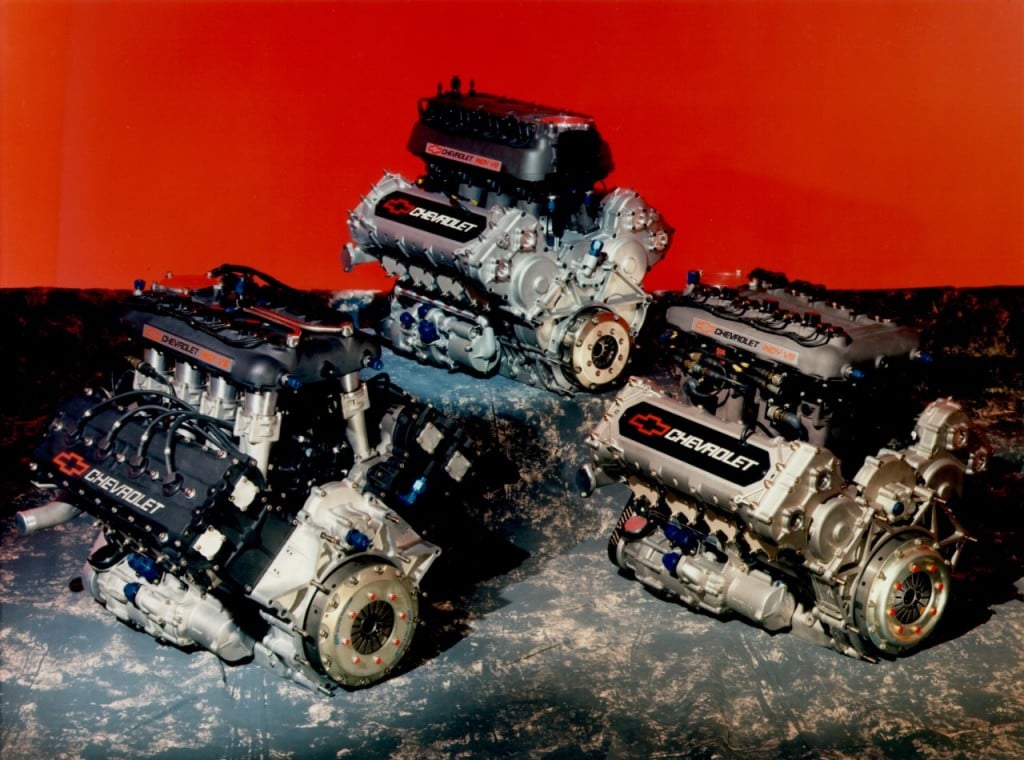
Source: GM
1. 409 V8
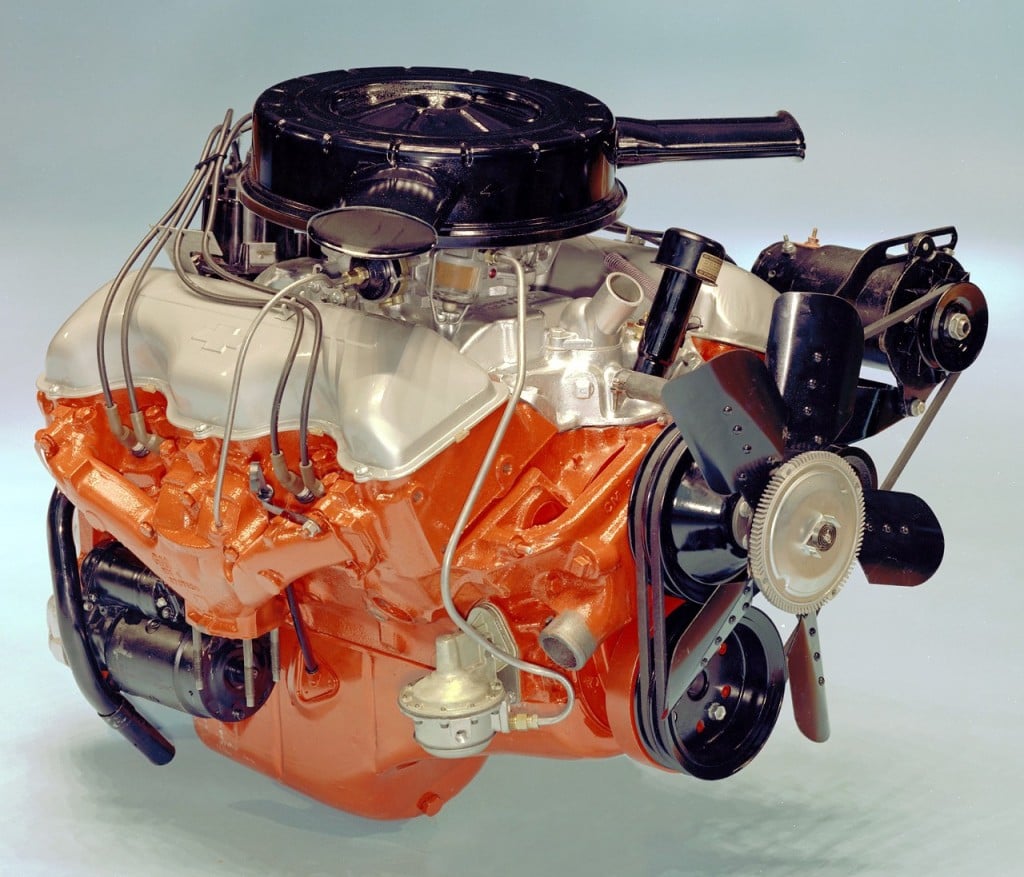
Source: GM
2. 427 “Mystery” Engine
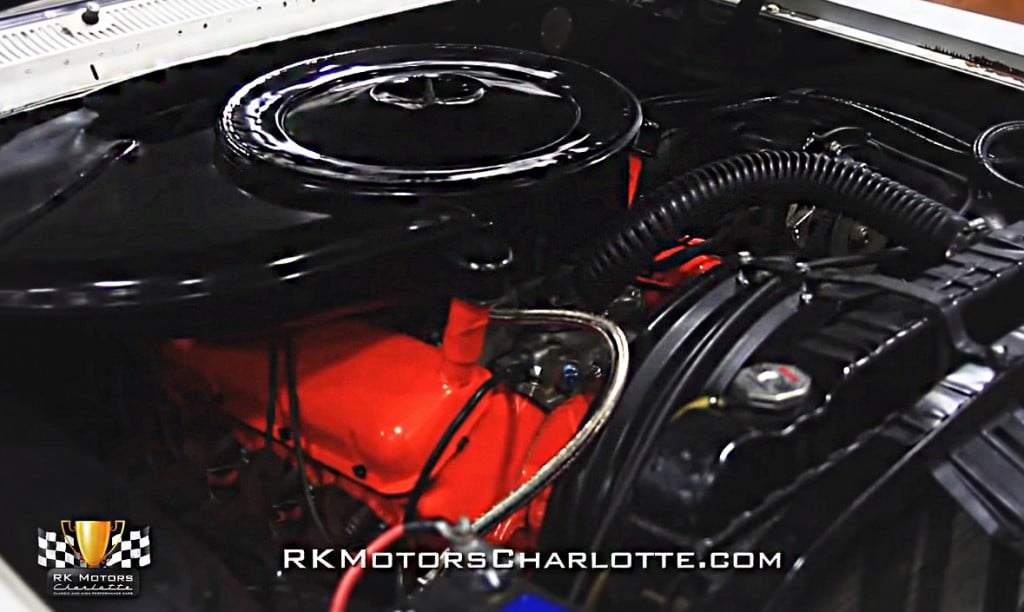
Source: YouTube/RK Motors Charlotte
3. 302 Small Block
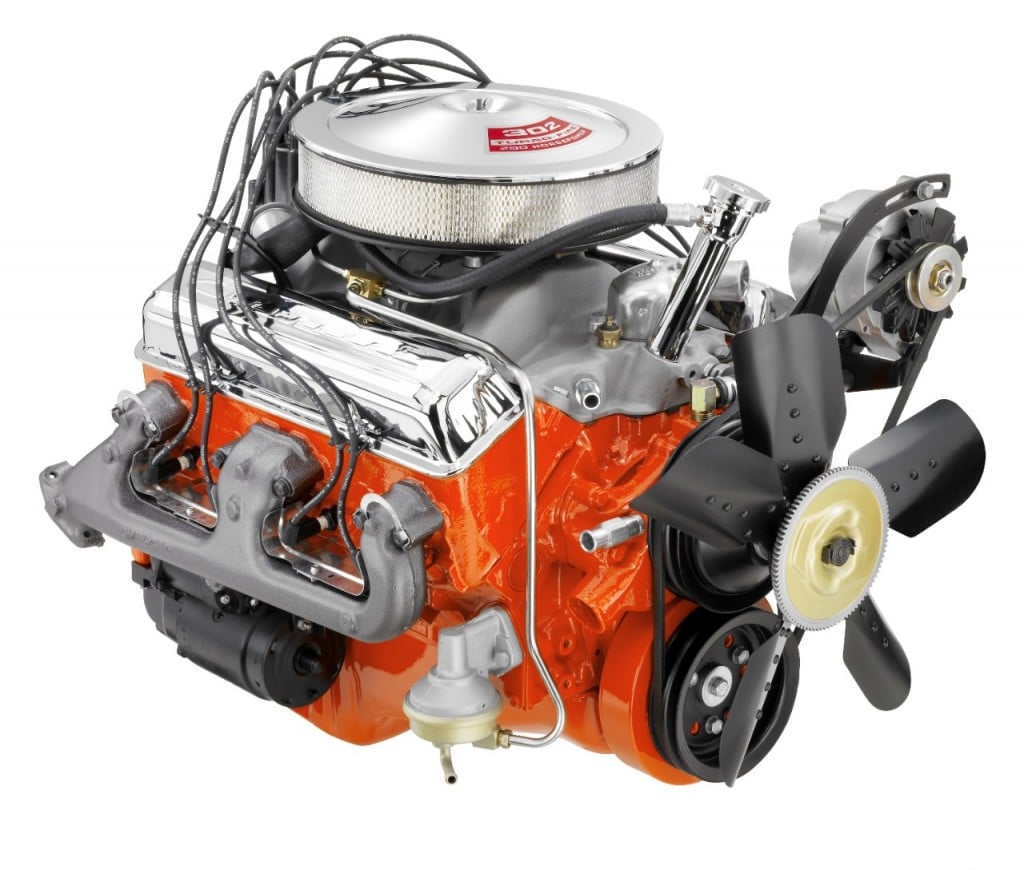
Source: GM
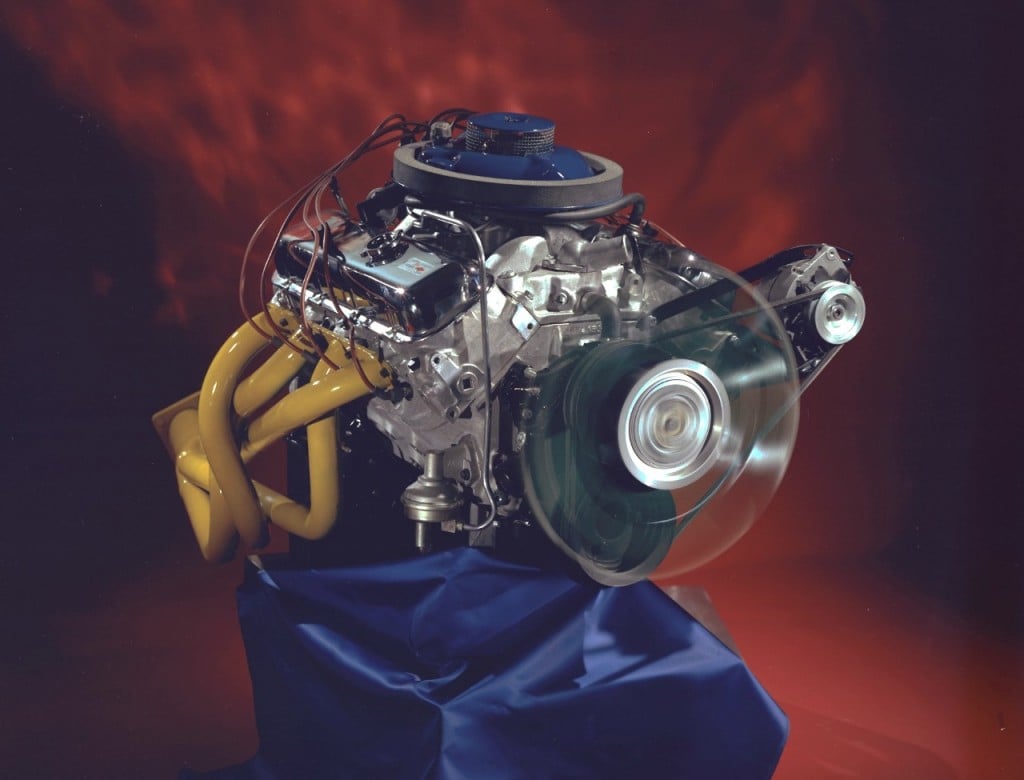
First developed for the now-defunct Can-Am racing series, the 427-cubic-inch ZL1 engine was resurrected when a certain Chevrolet Dealer by the name of Fred Gibb took Chevy’s special ordering system to a whole new level. Commonly referred to as “COPO,” this special ordering process allowed Gibb to build fifty custom 1969 Camaro muscle cars with race-spec, all-aluminum high performance motors. Once other dealers got wind of this procedure, everyone was talking about the Gibb’s special package, and even though only 69 ZL1-powered Camaros ever hit the streets, these motors flourished as engine swaps grew increasingly popular and easy to execute. This engine offered the best of both worlds for GM enthusiasts, as it had all of the power of a Big Block but with a curb weight that came in around 100 pounds less thanks to being almost entirely constructed out of aluminum.
5. SB2 NASCAR Engine
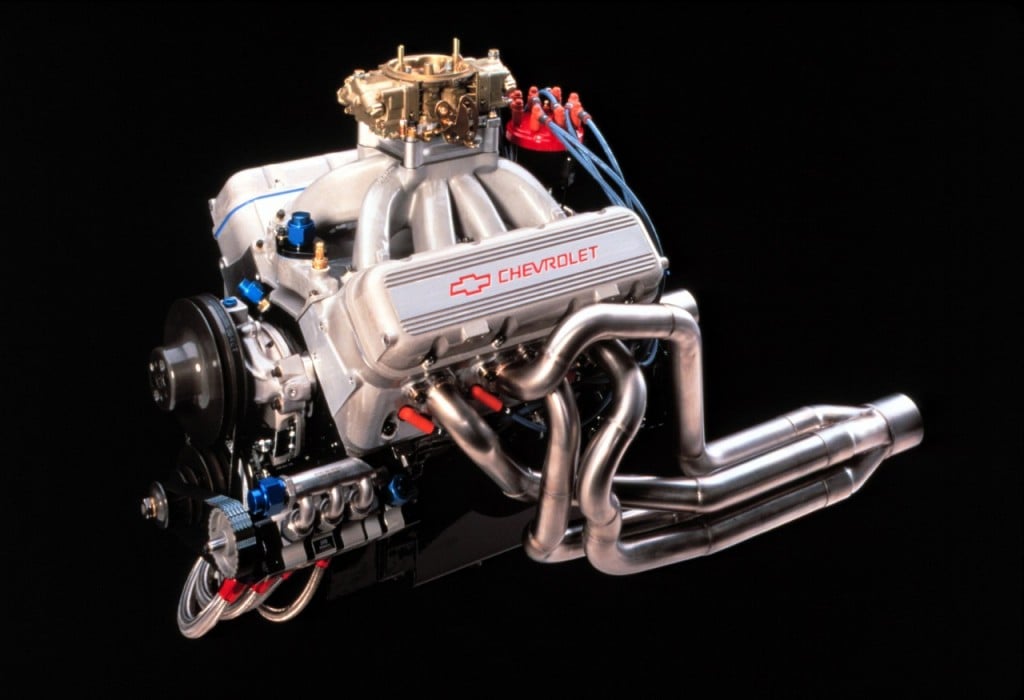
Source: GM
6. R07 NASCAR Engine
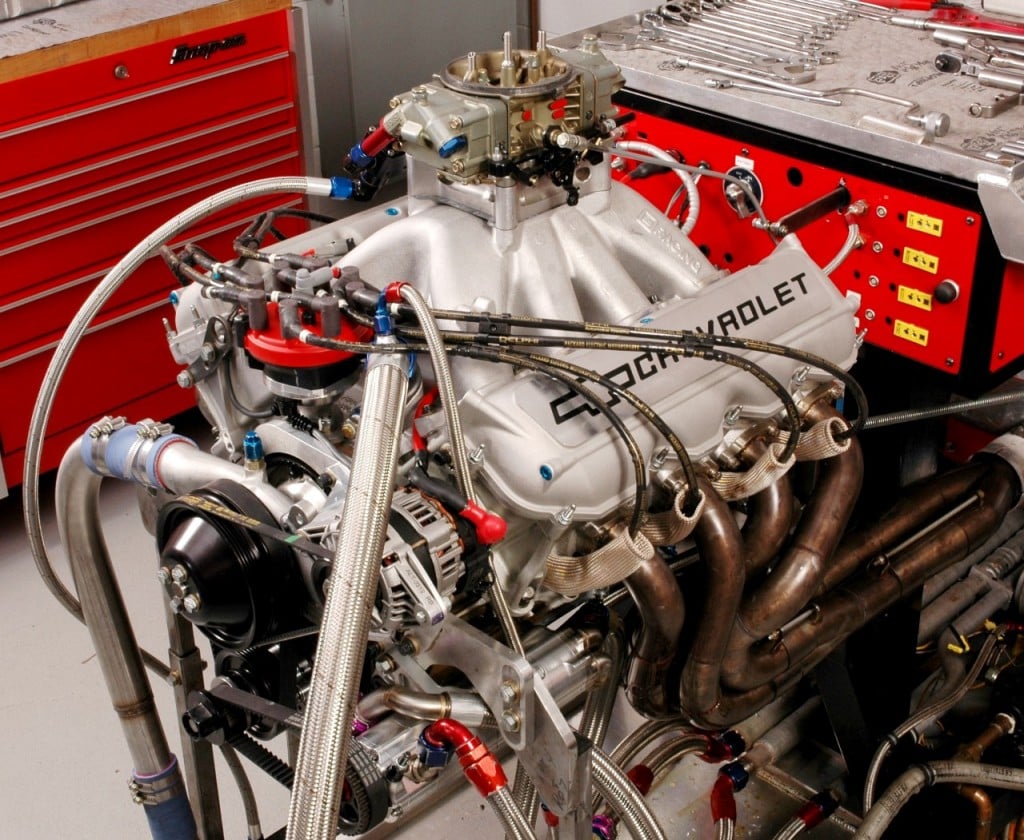
Source: GM
Interestingly enough, this same engine still powers NASCAR Sprint Cup racers to this day, with 15 recorded wins in 2015 alone claiming Chevy a record-setting 13th consecutive manufacturer title.
7. 7.0 Liter Corvette C6.R
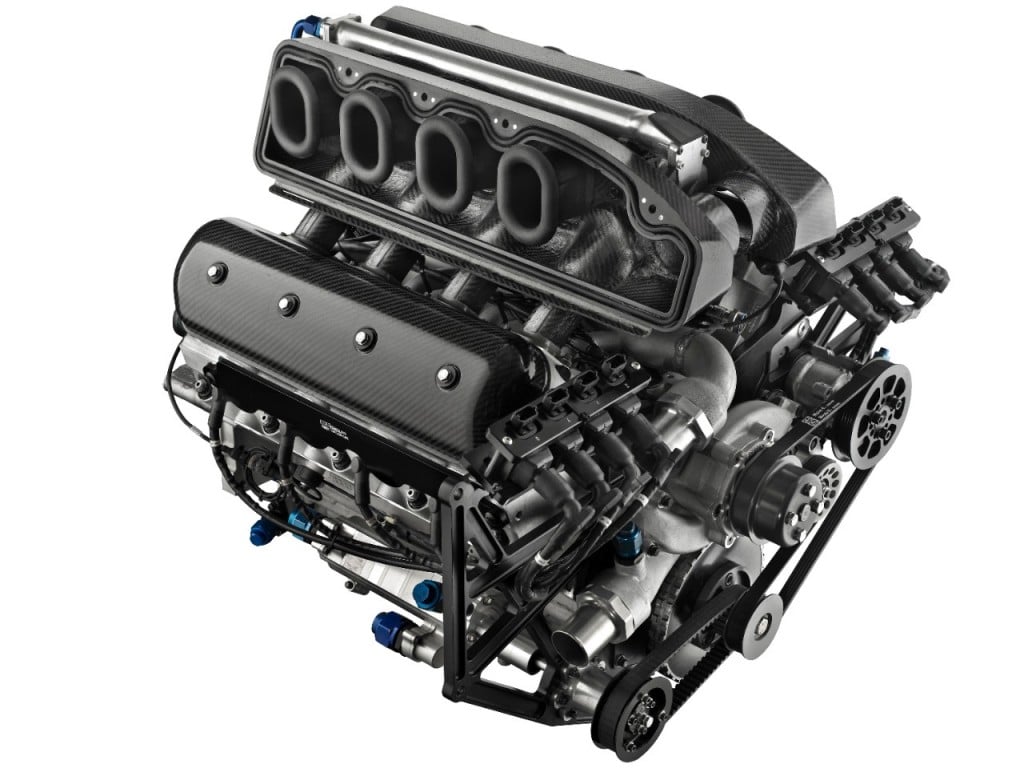
Source: GM
8. Chevrolet/Ilmor 2.65 Liter Turbo V8
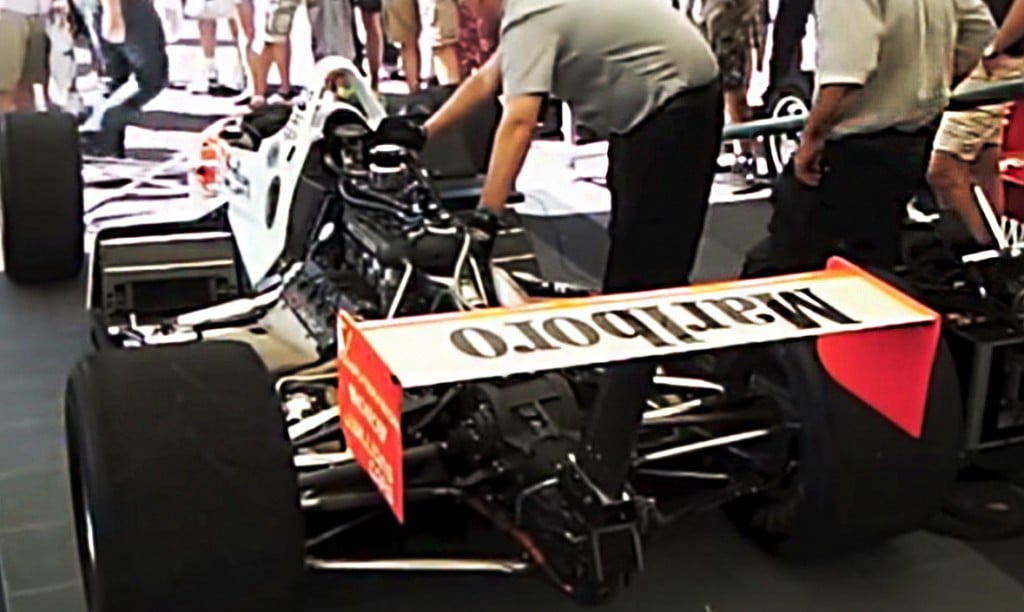
Source: YouTube/2008uenopanda
9. Chevrolet/Ilmor 2.2 Liter Twin-Turbo V-6

Source: GM
10. 1.6 Liter Turbocharged Inline-4
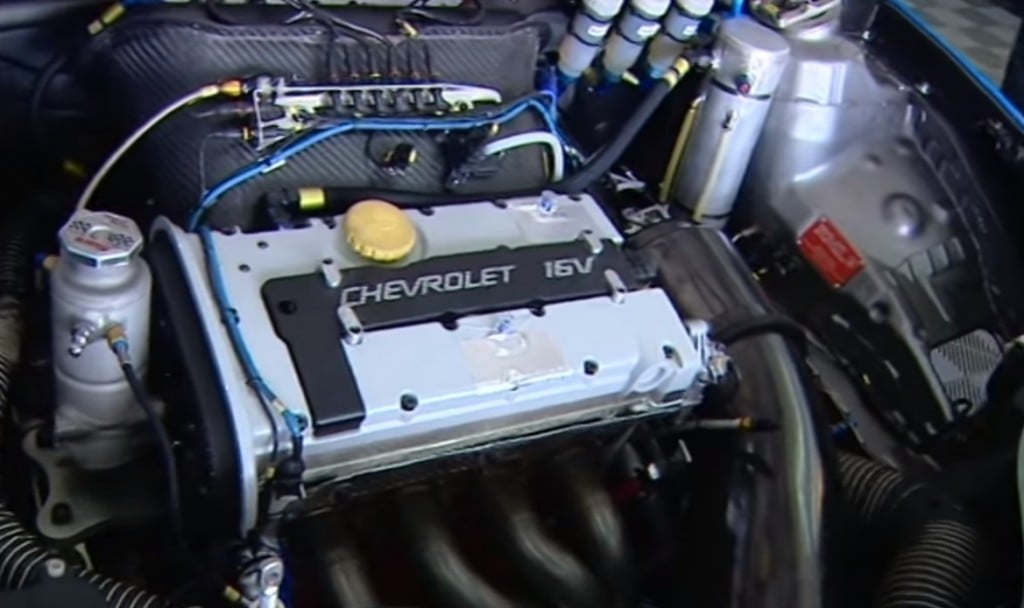
Source: YouTube/ChevyWTCC’s channel

No comments:
Post a Comment